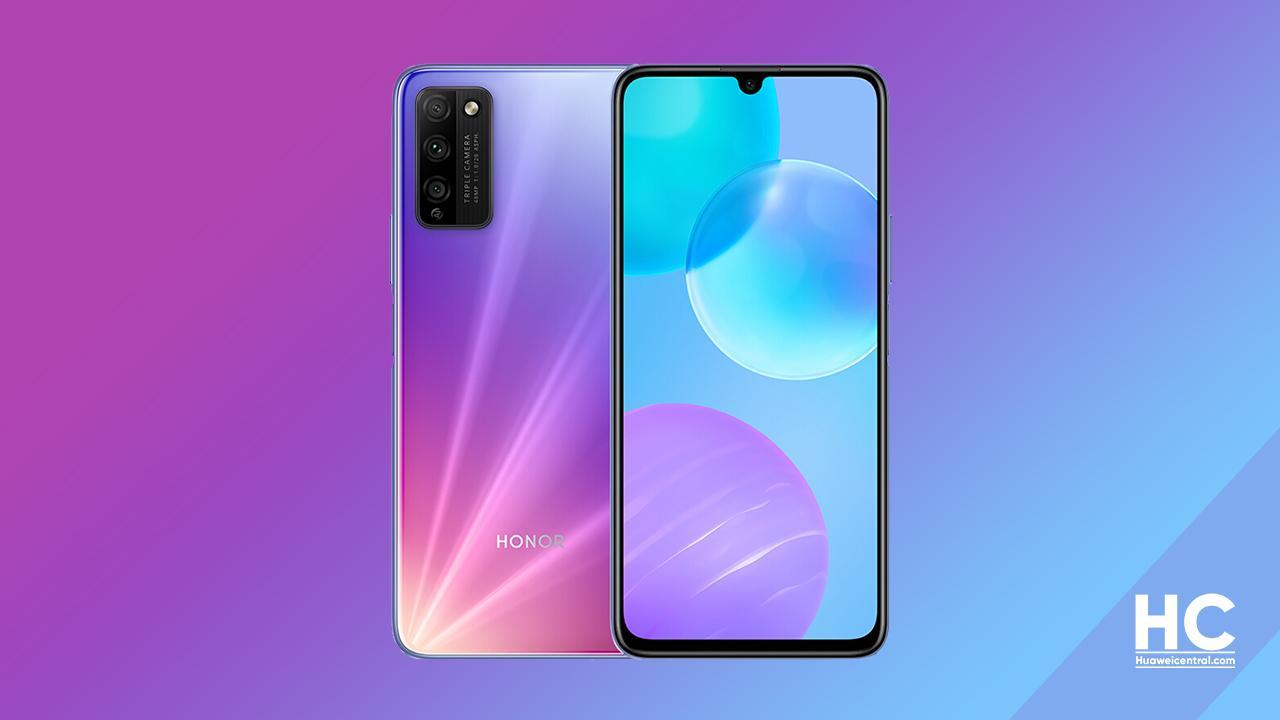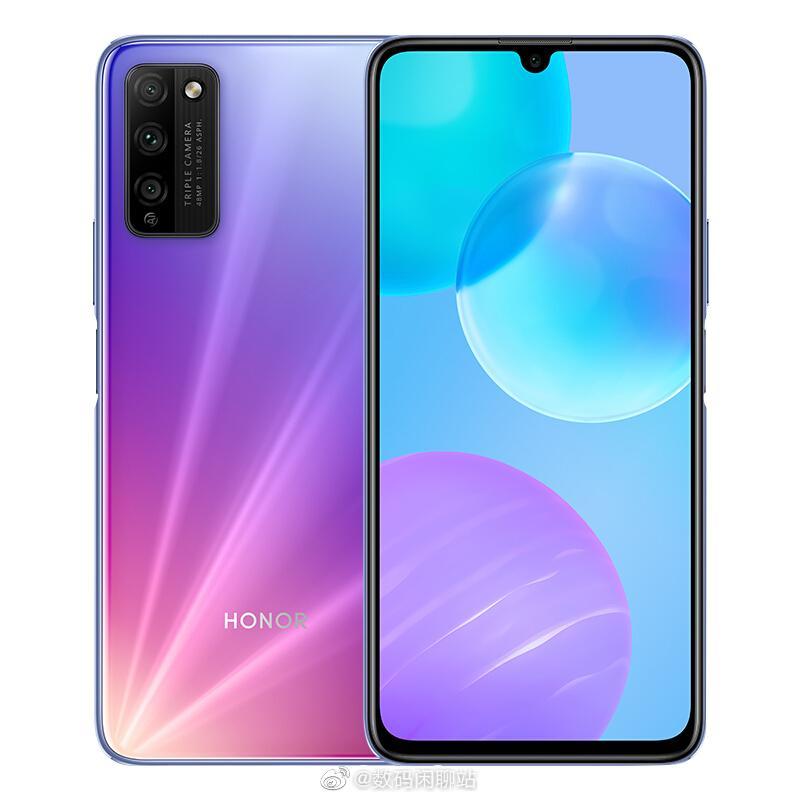News
Honor confirms 90Hz display for Honor 30 Youth Edition

Honor today officially confirmed that the Honor 30 Youth Edition (Honor 30 Lite) will come with a 90Hz display refresh rate and 180Hz touch sampling. These provide smoother graphics and faster touch interactions.
Honor 30 Youth Edition will launch on July 2, the phone has already completed its required certification process and its specs have also surfaced recently.
According to the information, the Honor 30 Youth sports a 6.5-inch full-view IPS LCD display with FHD+ resolution (1080 x 2400), 90Hz display, and waterdrop notch design. The device measures at 160 × 76.32 × 8.35(mm) and weighs 192g, while the fingerprint sensor is embedded on the side.
Honor 30 Youth Edition 5G equips a triple rear camera system consisting of a 48MP main + an 8MP ultra-wide angle + a 2MP macro camera. On the front side, it has a 16MP selfie camera.
The phone equips a MediaTek Dimensity 800 5G chipset and it’s listed with 4GB, 6GB, 8GB RAM options and 64, 128GB, 256GB storage variants.
Honor 30 Youth Edition 5G packs a 3900mAh (4000mAh typical) mAh battery that recharges with a 22.5W fast charging. The phone comes with pre-installed Android 10 (Magic UI 3.1) and the latest features on board.
(Source)








